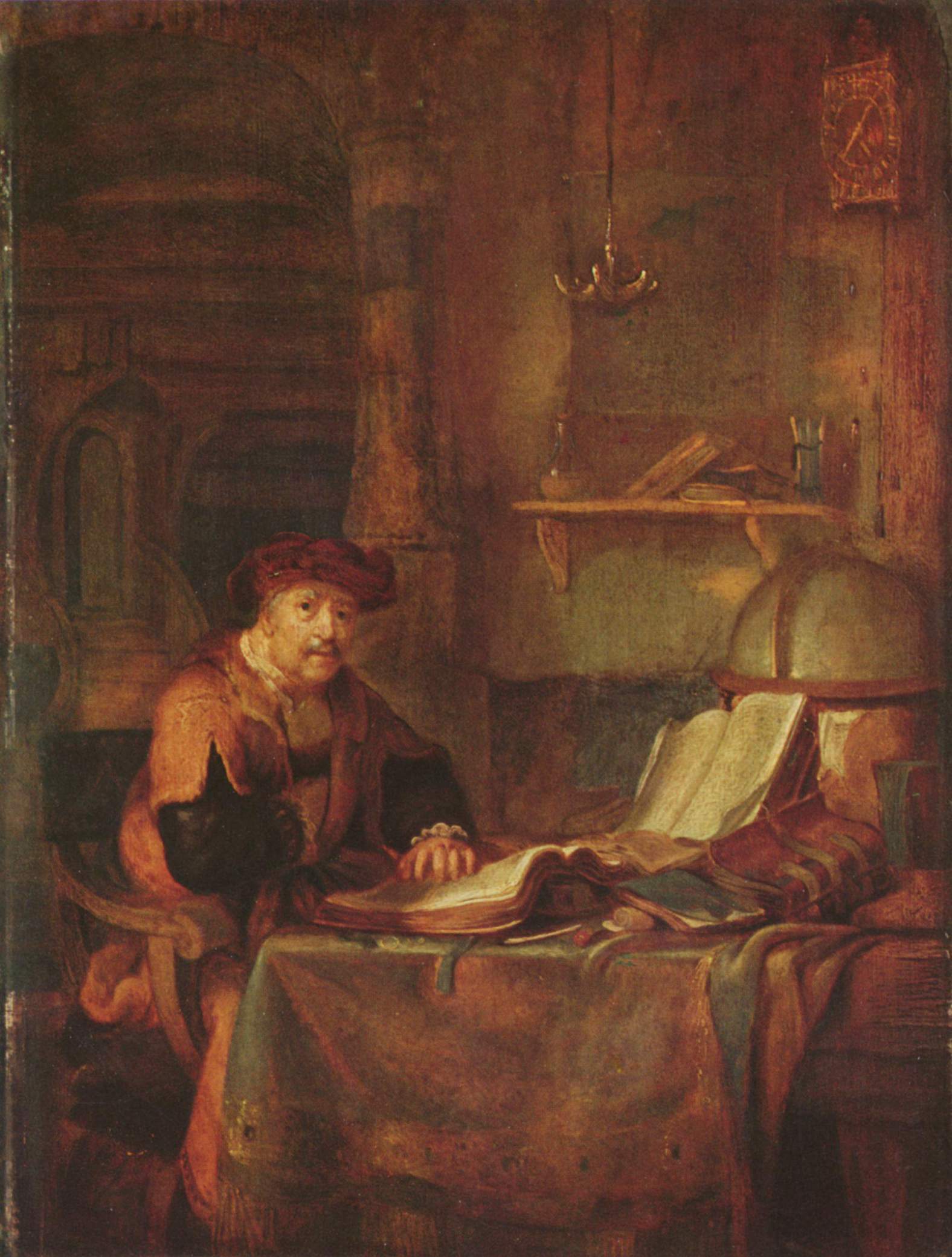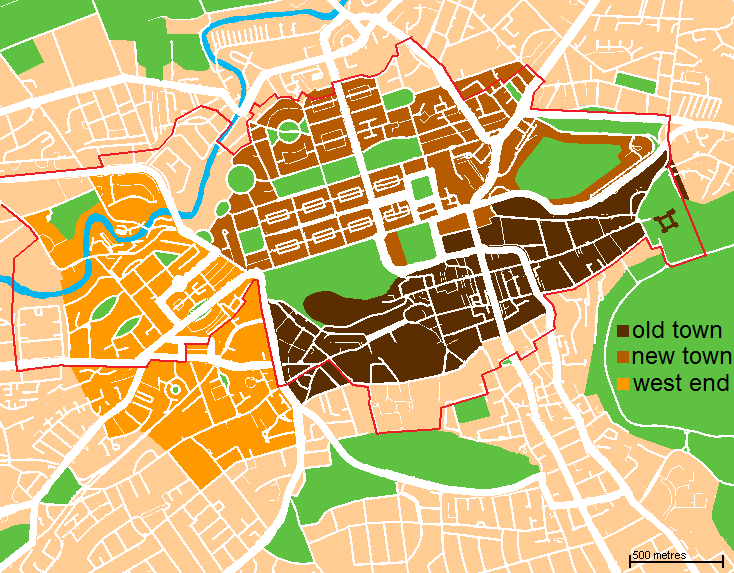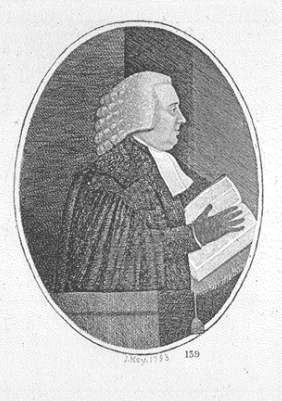|
Hugh Blair
Hugh Blair FRSE (7 April 1718 – 27 December 1800) was a Scottish minister of religion, author and rhetorician, considered one of the first great theorists of written discourse. As a minister of the Church of Scotland, and occupant of the Chair of Rhetoric and Belles Lettres at the University of Edinburgh, Blair's teachings had a great impact in both the spiritual and the secular realms. Best known for ''Sermons'', a five volume endorsement of practical Christian morality, and ''Lectures on Rhetoric and Belles Lettres'', a prescriptive guide on composition, Blair was a valuable part of the Scottish Enlightenment. Life Blair was born in Edinburgh into an educated Presbyterian family. His father was John Blair, an Edinburgh merchant. He was great-great-grandson of Rev. Robert Blair of St. Andrews and great nephew of Very Rev. David Blair the Moderator of the General Assembly in 1700. From an early age it was clear that Blair, a weakly child, should be educated for a life ... [...More Info...] [...Related Items...] OR: [Wikipedia] [Google] [Baidu] |
Edinburgh
Edinburgh is the capital city of Scotland and one of its 32 Council areas of Scotland, council areas. The city is located in southeast Scotland and is bounded to the north by the Firth of Forth and to the south by the Pentland Hills. Edinburgh had a population of in , making it the List of towns and cities in Scotland by population, second-most populous city in Scotland and the List of cities in the United Kingdom, seventh-most populous in the United Kingdom. The Functional urban area, wider metropolitan area had a population of 912,490 in the same year. Recognised as the capital of Scotland since at least the 15th century, Edinburgh is the seat of the Scottish Government, the Scottish Parliament, the Courts of Scotland, highest courts in Scotland, and the Palace of Holyroodhouse, the official residence of the Monarchy of the United Kingdom, British monarch in Scotland. It is also the annual venue of the General Assembly of the Church of Scotland. The city has long been a cent ... [...More Info...] [...Related Items...] OR: [Wikipedia] [Google] [Baidu] |
Collessie
Collessie is a village and parish of Fife, Scotland. The village is set on a small hillock centred on a historic church. Due to rerouting of roads, it now lies north of the A91. Though a railway embankment was constructed through the middle of the village in the 19th century, it retains many of its traditional 17th–18th century houses. In recent years some of the older houses have been re-roofed in traditional thatch. Name Collessie's name derives from Scottish Gaelic although the exact derivation is unknown. The first element is either ''cùl'' (behind) or ''cùil'' (nook) and the last element may be either ''eas'' (waterfall) or ''lios'' (enclosure, garden). Demographics The civil parish had a population of 1,921 in 2011.Census of Scotland 2011, Table KS101SC – Usually Resident Population, publ. by National Records of Scotland. Web site http://www.scotlandscensus.gov.uk/ retrieved March 2016. See "Standard Outputs", Table KS101SC, Area type: Civil Parish 1930 Notabl ... [...More Info...] [...Related Items...] OR: [Wikipedia] [Google] [Baidu] |
Scholars
A scholar is a person who is a researcher or has expertise in an academic discipline. A scholar can also be an academic, who works as a professor, teacher, or researcher at a university. An academic usually holds an advanced degree or a terminal degree, such as a master's degree or a doctorate (PhD). Independent scholars and public intellectuals work outside the academy yet may publish in academic journals and participate in scholarly public discussion. Definitions In contemporary English usage, the term ''scholar'' sometimes is equivalent to the term ''academic'', and describes a university-educated individual who has achieved intellectual mastery of an academic discipline, as instructor and as researcher. Moreover, before the establishment of universities, the term ''scholar'' identified and described an intellectual person whose primary occupation was professional research. In 1847, minister Emanuel Vogel Gerhart spoke of the role of the scholar in society: Gerhart argued ... [...More Info...] [...Related Items...] OR: [Wikipedia] [Google] [Baidu] |
Royal Society Of Edinburgh
The Royal Society of Edinburgh (RSE) is Scotland's national academy of science and letters. It is a registered charity that operates on a wholly independent and non-partisan basis and provides public benefit throughout Scotland. It was established in 1783. , there are around 1,800 Fellows. The Society covers a broader range of fields than the Royal Society of London, including literature and history. The Fellowship includes people from a wide range of disciplines: science and technology, arts, humanities, medicine, social science, business, and public service. History At the start of the 18th century, Edinburgh's intellectual climate fostered many clubs and societies (see Scottish Enlightenment). Though there were several that treated the arts, sciences and medicine, the most prestigious was the Society for the Improvement of Medical Knowledge, commonly referred to as the Medical Society of Edinburgh, co-founded by the mathematician Colin Maclaurin in 1731. Maclaurin was u ... [...More Info...] [...Related Items...] OR: [Wikipedia] [Google] [Baidu] |
Edinburgh Castle
Edinburgh Castle is a historic castle in Edinburgh, Scotland. It stands on Castle Rock (Edinburgh), Castle Rock, which has been occupied by humans since at least the Iron Age. There has been a royal castle on the rock since the reign of Malcolm III of Scotland, Malcolm III in the 11th century, and the castle continued to be a royal residence until 1633. From the 15th century, the castle's residential role declined, and by the 17th century it was principally used as a military garrison. Its importance as a part of Scotland's national heritage was recognised increasingly from the early 19th century onwards, and various restoration programmes have been carried out over the past century and a half. Edinburgh Castle has played a prominent role in History of Scotland, Scottish history, and has served variously as a Palace, royal residence, an arsenal, a treasury, a national archives, national archive, a Mints of Scotland, mint, a prison, a military fortress, and the home of the Honou ... [...More Info...] [...Related Items...] OR: [Wikipedia] [Google] [Baidu] |
71st Foot
The 71st Regiment of Foot was a Highland regiment in the British Army, raised as the 73rd (Highland) Regiment of Foot in 1777. Under the Childers Reforms it amalgamated with the 74th (Highland) Regiment of Foot to become the 1st Battalion, Highland Light Infantry in 1881. History Formation The regiment was raised at Elgin by Major-General John Mackenzie, Lord MacLeod as the 73rd (Highland) Regiment of Foot (McLeod's Highlanders) from Highland clans in December 1777.Cannon, p. 2 A second battalion was formed in September 1778.Cannon, p. 3 The 1st battalion embarked for India in January 1779Cannon, p. 5 and, having landed some troops at Gorée in Senegal on the way, reached Chennai, Madras in January 1780.Cannon, p. 7 The flank companies were captured at Kanchipuram, Conjeveram in September 1780 during the Second Anglo-Mysore War.Cannon, p. 9 The battalion went on to take part in the Battle of Porto Novo in July 1781,Cannon, p. 14 the Battle of Pollilur (1781), Battle of Poll ... [...More Info...] [...Related Items...] OR: [Wikipedia] [Google] [Baidu] |
Old Town, Edinburgh
The Old Town () is the oldest part of Scotland's capital city of Edinburgh. The area has preserved much of its medieval street plan and many Scottish Reformation, Reformation-era buildings. Together with the 18th/19th-century New Town, Edinburgh, New Town, and West End, Edinburgh, West End, it forms part of a protected UNESCO World Heritage Site. Royal Mile The "Royal Mile" is a name coined in the early 20th century for the main street of the Old Town which runs on a downwards slope from Edinburgh Castle to Holyrood Palace and the ruined Holyrood Abbey. Narrow ''List of closes on the Royal Mile, closes'' (alleyways), often no more than a few feet wide, lead steeply downhill to both north and south of the main spine which runs west to east. Significant buildings in the Old Town include St. Giles' Cathedral, the General Assembly Hall of the Church of Scotland, the National Museum of Scotland, the Old College, University of Edinburgh, Old College of the University of Edinburgh, P ... [...More Info...] [...Related Items...] OR: [Wikipedia] [Google] [Baidu] |
George III
George III (George William Frederick; 4 June 173829 January 1820) was King of Great Britain and King of Ireland, Ireland from 25 October 1760 until his death in 1820. The Acts of Union 1800 unified Kingdom of Great Britain, Great Britain and Kingdom of Ireland, Ireland into the United Kingdom of Great Britain and Ireland, with George as its king. He was concurrently Duke and Prince-elector of Electorate of Hanover, Hanover in the Holy Roman Empire before becoming King of Hanover on 12 October 1814. He was the first monarch of the House of Hanover who was born in Great Britain, spoke English as his first language, and never visited Hanover. George was born during the reign of his paternal grandfather, George II of Great Britain, King George II, as the first son of Frederick, Prince of Wales, and Princess Augusta of Saxe-Gotha. Following his father's death in 1751, Prince George became heir apparent and Prince of Wales. He succeeded to the throne on George II's death in 1760. Th ... [...More Info...] [...Related Items...] OR: [Wikipedia] [Google] [Baidu] |
University Of St Andrews
The University of St Andrews (, ; abbreviated as St And in post-nominals) is a public university in St Andrews, Scotland. It is the List of oldest universities in continuous operation, oldest of the four ancient universities of Scotland and, following the universities of University of Oxford, Oxford and University of Cambridge, Cambridge, the third-oldest university in the English-speaking world. St Andrews was founded in 1413 when the Avignon Pope, Avignon Antipope Benedict XIII issued a papal bull to a small founding group of Augustinians, Augustinian clergy. Along with the universities of University of Glasgow, Glasgow, University of Aberdeen, Aberdeen, and University of Edinburgh, Edinburgh, St Andrews was part of the Scottish Enlightenment during the 18th century. St Andrews is made up of a variety of institutions, comprising three colleges — United College, St Andrews, United College (a union of St Salvator's and St Leonard's Colleges), St Mary's College, St Andrew ... [...More Info...] [...Related Items...] OR: [Wikipedia] [Google] [Baidu] |
Doctor Of Divinity
A Doctor of Divinity (DD or DDiv; ) is the holder of an advanced academic degree in divinity (academic discipline), divinity (i.e., Christian theology and Christian ministry, ministry or other theologies. The term is more common in the English-speaking world than elsewhere. In the United Kingdom and Ireland, the DD is usually a higher doctorate conferred upon a religious scholar of standing and distinction, usually for accomplishments beyond the Doctor of Philosophy, PhD or Doctor of Theology, ThD level. In the United States, the DD is generally an honorary degree. In Catholic higher education, Catholic universities, faculties of Catholic theology, theology usually grant the degree of Doctor of Sacred Theology (STD), but the DD may be awarded as an honorary degree. Doctor of Divinity by country or church Great Britain & Ireland In the United Kingdom and Ireland, the DD is a higher doctorate conferred by universities upon a religious scholar of standing and distinction, ... [...More Info...] [...Related Items...] OR: [Wikipedia] [Google] [Baidu] |
Robert Walker (moderator)
Robert Walker (1716–1783) was a Church of Scotland minister and historian who served as Moderator of the General Assembly in 1771. His views were strongly Calvinistic. Life He was born in Canongate manse, the son of Rev John Walker, minister of the Canongate Kirk. He was educated at the High School in Edinburgh then studied at Edinburgh University.''Fasti Ecclesiae Scoticanae''; by Hew Scott He left Edinburgh and moved to Dumfriesshire for some years and in April 1737 he was licensed to preach by the Presbytery of Kirkcudbright, and ordained as minister of Straiton in September 1738. In November 1746 he translated back to Edinburgh as second charge of South Leith Parish Church in the harbour district. In October 1754 he translated to first charge of St Giles Cathedral, The High Kirk of St Giles, the country's most prestigious position. At St Giles his second charge was Rev Hugh Blair and they became close friends. Walker took the larger but poorer congregation, Blair to ... [...More Info...] [...Related Items...] OR: [Wikipedia] [Google] [Baidu] |
St Giles Cathedral
St Giles' Cathedral (), or the High Kirk of Edinburgh, is a parish church of the Church of Scotland in the Old Town of Edinburgh. The current building was begun in the 14th century and extended until the early 16th century; significant alterations were undertaken in the 19th and 20th centuries, including the addition of the Thistle Chapel. St Giles' is closely associated with many events and figures in Scottish history, including John Knox, who served as the church's minister after the Scottish Reformation.Gordon 1958, p. 31. Likely founded in the 12th centuryMcIlwain 1994, p. 4. and dedicated to Saint Giles, the church was elevated to collegiate status by Pope Paul II in 1467. In 1559, the church became Protestant with John Knox, the foremost figure of the Scottish Reformation, as its minister. After the Reformation, St Giles' was internally partitioned to serve multiple congregations as well as secular purposes, such as a prison and as a meeting place for the Parliament of Sc ... [...More Info...] [...Related Items...] OR: [Wikipedia] [Google] [Baidu] |







